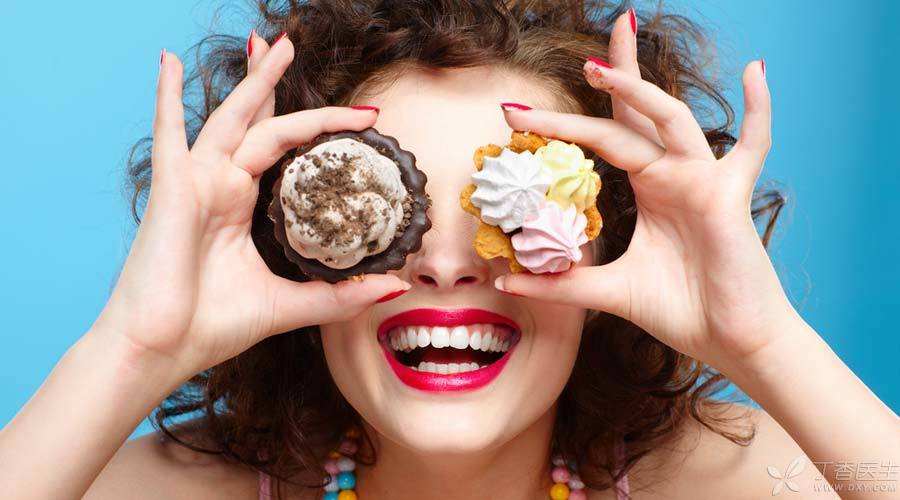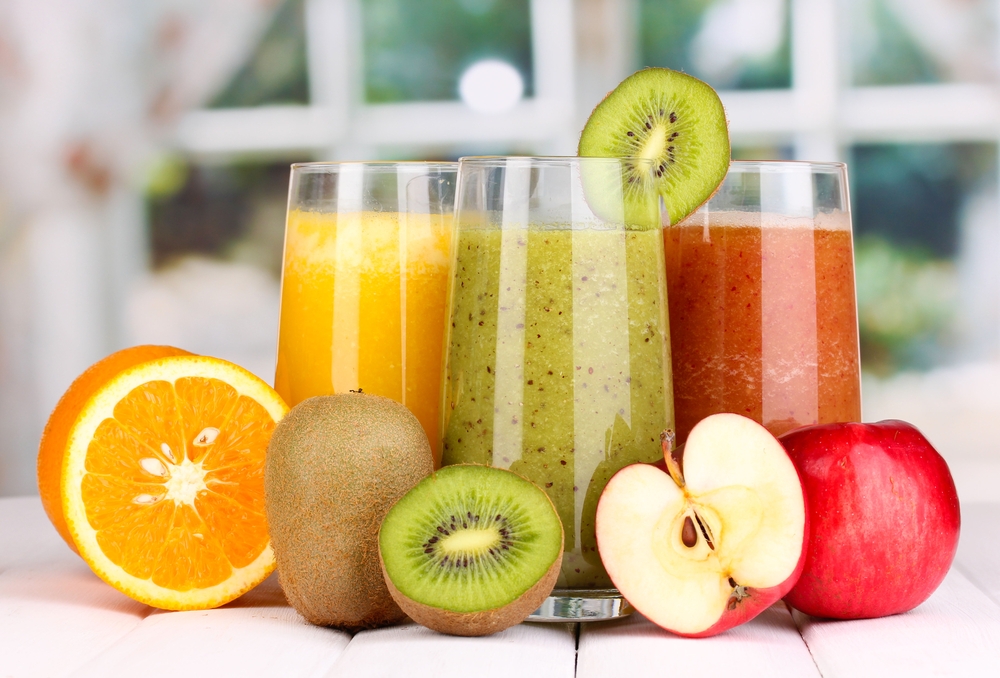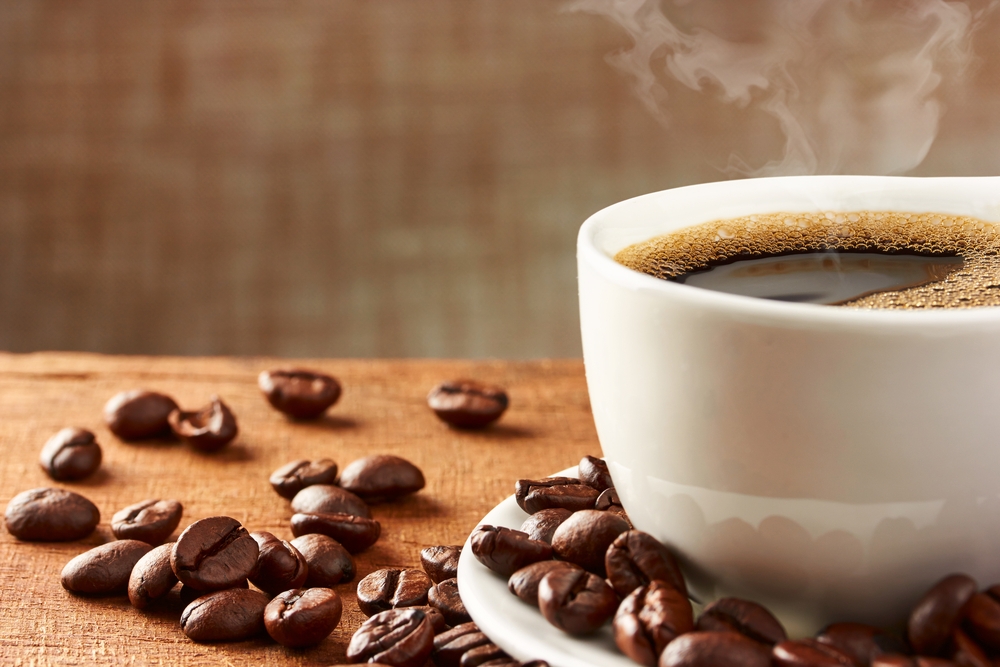
Smooth teeth are a sign of beauty. The discoloration of teeth, whether it is yellow, brown, black or other colors in what, is frustrating.
Only in this way can how have smooth and jade-like teeth?
There are many factors that affect tooth color. There are some factors that we cannot change, such as heredity and diseases. There are also some factors that we have no choice but to do, such as drugs-we can’t stop treating diseases in order to avoid tooth discoloration.
However, there are still some factors that we can control. Here, let’s discuss the effect of diet on tooth discoloration.
What is the main culprit for yellowing teeth?
Bacteria. Bacteria are the main culprit of yellow teeth.
1. Bacteria produce pigment
There are many bacteria on our teeth, and some bacteria can produce pigment. The more these bacteria, the more pigment they produce.
Over time, the pigment slowly seeps into the teeth and becomes the color of the teeth.
The growth of bacteria cannot be separated from [strains] and nutrients. The food we eat, especially sugar, and the residue attached to teeth will also become [delicacies] of bacteria.
2. Bacteria make food pigment more easily contaminated on teeth
Bacteria are not limited to this. Bacteria produce mucus, which adheres to teeth and has a stronger ability to adsorb pigment substances in food and beverages. These adsorbed pigments will also slowly penetrate into teeth.
3. Acidic substances produced by bacteria can corrode teeth.
In addition, bacteria also secrete acidic substances, which corrode the tooth surface. The corroded tooth surface becomes rough, which also increases adsorption capacity.
The corrosion of teeth does not only come from the acid produced by bacteria, but also many beverages have strong acidity, such as carbonated beverages, fruit juices and some fruits.
In other words, those sugary and acidic foods will increase the chance of tooth discoloration.

What? Isn’t antioxidant a good thing?
What about foods and beverages that are neither sugary nor acidic? Such as tea and coffee.
Yes, it is a familiar [antioxidant] that is good for health.
Tea and coffee contain antioxidants, such as polyphenols. The way polyphenols resist oxidation is to sacrifice themselves to be oxidized first-in other words, polyphenols themselves are easily oxidized. The oxidized products converge into integrated pigments and deposit. Therefore, coffee and tea also have the ability to cause tooth discoloration.
Wine, even colorless [dry white], also contains polyphenol compounds and has the ability to discolor teeth.
In fact, not only them, but also those [healthy] vegetables and fruits often contain many polyphenol compounds-which is one of the reasons why they become [healthy foods].
The overall health of the human body, they are [good]; But for the discoloration of teeth, they are [villains].
In addition to carbonated drinks and high-sugar foods, which have a bad reputation [junk food], healthy diets such as fruits, vegetables, tea, coffee and fruit juice will also promote tooth discoloration.
We can refuse the former, but in order to keep the whitening of teeth, we refuse the delicious food brought by the latter for health, which seems to be choking on food. What should we do?

Eat and white
Is there a what solution that can reduce their adverse effects?
According to their respective mechanisms of tooth discoloration, we can try these methods:
1. Drink through a straw.
By using straws, beverages are allowed to cross the teeth-reducing their chances of meeting the teeth and their invasion of the teeth.
Of course, it is probably strange to drink hot tea, hot coffee and wine through a straw, but iced tea, fruit juice and the like can still be tried.
2. Reduce the chewing time of food.
The longer the chewing time, the longer the contact time of those polyphenol compounds with teeth, and the easier it is to be adsorbed.
However, there are many foods that need to be fully chewed to help digestion and enjoy delicious food.
In short, this is also a trade-off.
However, fruits rich in polyphenols and with low acidity, such as various berries, can be fully broken without chewing too much. It is still possible to try to reduce their time in the mouth.
3. Rinse your mouth in time after eating and drinking drinks.
By gargling, it should be extremely effective to clear the food residue and beverage residue on teeth in time to reduce their influence.
It is said here that “gargling” is not “brushing teeth”. First, brushing teeth at any time is obviously unrealistic. Second, brushing teeth is not the best way when acidic substances exist on teeth-in that case, the glaze of teeth is relatively fragile and brushing teeth is easy to cause wear, so gargling with water is more reasonable.
4. Brush your teeth every morning and evening.
Brushing teeth can greatly reduce the adhesion and deposition of bacteria and other substances, which not only reduces the presence of pigment on the tooth surface, but also reduces the adhesion of bacteria, which is equivalent to reducing [strains]-fewer [strains], and naturally fewer metabolites can be produced.
5. Regular dental care.
Brushing teeth cannot completely and fully remove dental plaque. Regular examination, nursing and cleaning are more active and effective means.
Ultimate must kill
Wait… Not finished.
In addition to these dietary factors, there is a non-dietary factor that has a greater impact than them: smoking.
All kinds of ingredients in smoke are simply [big killers], and the ability to cause tooth discoloration kills other dietary factors.
Of course, the biggest harm of smoking is to increase the risk of lung cancer by more than ten or even more times. If a person is not afraid of lung cancer, it doesn’t matter if his teeth change color.
In addition to smoking, betel nut chewing is similar, increasing the risk of cancer and causing tooth discoloration.
